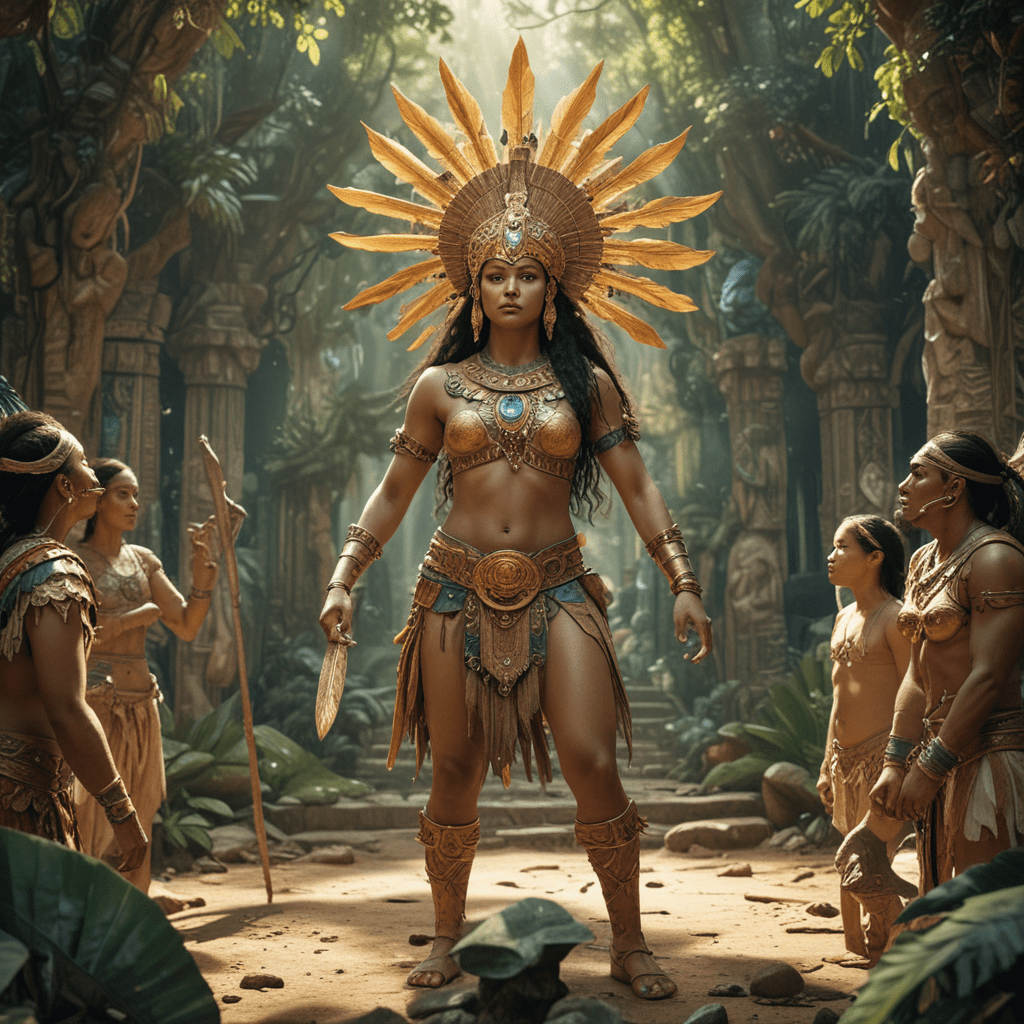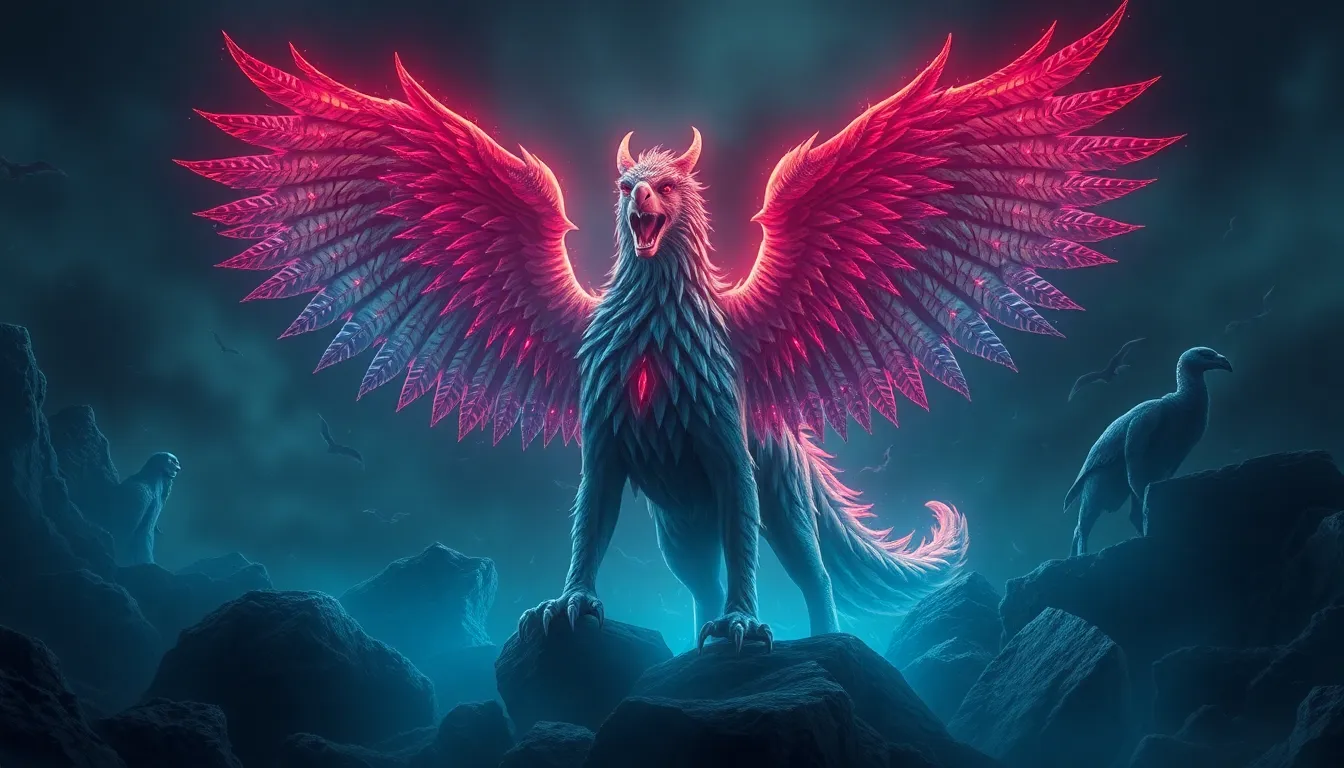Gender Roles in South American Mythological Narratives
I. Introduction
South American mythological narratives showcase diverse and intricate gender roles, deeply rooted in the beliefs and societal structures of pre-Columbian cultures. These narratives not only reflect the prevailing gender norms but also challenge and subvert them, offering a glimpse into the complex gender dynamics of ancient South American societies.
II. Gender Roles in Pre-Columbian Societies
Gender roles in pre-Columbian South America varied significantly across different cultures and regions. However, certain commonalities emerge. Women generally held prominent positions in domestic and agricultural spheres, with responsibilities such as childcare, weaving, and pottery making. Men, on the other hand, were primarily associated with hunting, warfare, and political leadership.
III. Common Archetypes of Female Characters
A. Earth Mother Goddesses
Earth Mother Goddesses embody the life-giving and nurturing aspects of nature. They are often associated with fertility, abundance, and the protection of the land. Examples include Pachamama in Andean mythology and Yemoja in Afro-Brazilian traditions.
B. Trickster Goddesses
Trickster Goddesses are mischievous and cunning figures who often use their wit and deceit to outsmart their opponents. They represent the unpredictable and chaotic aspects of the natural world. Loba in Chilean mythology and Urraca in Guarani mythology are notable examples.
C. Healers and Shamans
Female healers and shamans possess supernatural abilities to heal the sick, communicate with spirits, and perform rituals. They play a crucial role in maintaining the balance between the physical and spiritual realms. Examples include Mama Quilla in Inca mythology and Xtabay in Maya mythology.
IV. Common Archetypes of Male Characters
A. Sky Father Gods
Sky Father Gods represent the masculine principle and are often associated with the heavens, thunder, and lightning. They are seen as powerful creators and protectors, such as Viracocha in Inca mythology and Tupã in Tupi-Guarani mythology.
B. Sun Heroes
Sun Heroes symbolize light, warmth, and renewal. They often embark on perilous journeys to defeat darkness and bring prosperity to their people. Examples include Inti in Inca mythology and Bochica in Muisca mythology.
C. Warriors and Hunters
Warriors and Hunters embody the physical strength and courage of men in pre-Columbian societies. They are skilled in combat and provide sustenance for their communities. Prominent examples include Huitzilopochtli in Aztec mythology and Karai Pyhare in Guarani mythology.
V. Subversion of Traditional Gender Roles
South American mythological narratives often challenge and subvert traditional gender roles. Female characters are portrayed as powerful and independent, while male characters exhibit nurturing and emotional qualities. This reflects the fluidity and complexity of gender identities in pre-Columbian cultures.
VI. Female Deities as Leaders and Creators
In some South American mythologies, female deities hold positions of leadership and creation. For instance, Nữwa in Chinese mythology is credited with creating humanity, while Viracocha in Inca mythology has both male and female aspects, emphasizing the interconnectedness of genders.
VII. Male Deities as Tricksters and Nurturers
Male deities also assume unconventional roles in South American myths. Coyolxauhqui in Aztec mythology is a trickster goddess associated with the moon, while Ehecatl in Mesoamerican mythology is a wind god who nurtures and protects travelers.
VIII. Gender Roles and Identity in Myth
South American mythological narratives serve as a lens through which to explore gender roles and identities in ancient societies. They reflect the societal values, beliefs, and expectations surrounding gender, while also providing alternative perspectives and challenging norms.
IX. Contemporary Interpretations and Influence
South American mythological narratives continue to influence contemporary art, literature, and popular culture. Indigenous communities draw inspiration from these myths to preserve their cultural heritage and empower marginalized voices.
X. Conclusion
Gender roles in South American mythological narratives present a diverse and nuanced tapestry, reflecting the intricate social structures and beliefs of pre-Columbian cultures. These narratives offer a glimpse into the fluidity and complexity of gender identities, challenging traditional notions and inspiring contemporary interpretations that promote inclusivity and diversity.
FAQ
What are some common female archetypes in South American mythology?
Earth Mother Goddesses, Trickster Goddesses, and Healers and Shamans are common female archetypes in South American mythological narratives.
How do male characters subvert traditional gender roles in these myths?
Male deities in South American myths sometimes assume roles of tricksters, nurturers, and even creators, challenging traditional masculine stereotypes.
What is the significance of gender roles in understanding pre-Columbian societies?
Gender roles in South American mythological narratives provide insights into the values, beliefs, and expectations surrounding gender in ancient South American cultures.


